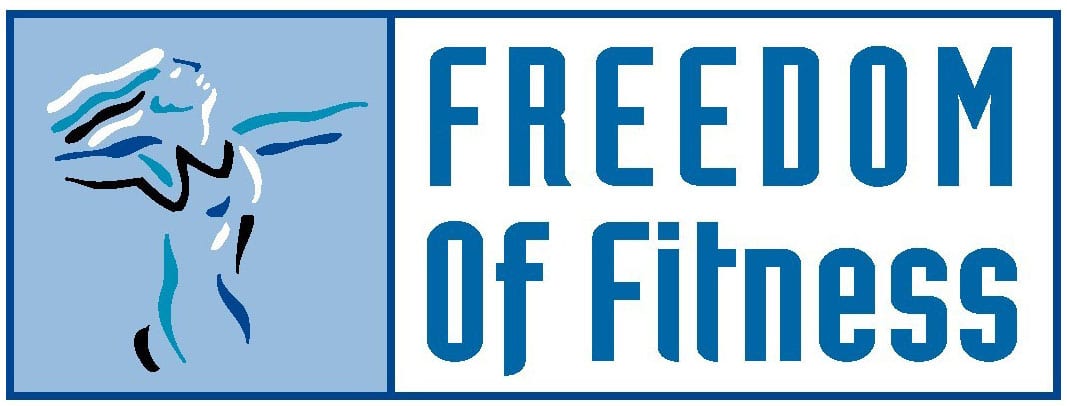
Before starting a resistance training program, establish what goal you are working towards. Keep in mind that you must train in specific ways to achieve desired results.
The four primary resistance training goals are: muscular endurance, hypertrophy (muscle size or tone), muscular strength or muscular power.
As a Personal Trainer, my job is to match the client’s goal with the appropriate training methodology to get them their desired result. Often, I need to educate the client as to why I would choose a certain repetition range, number of sets, exercise choices, etc…. Many have myth-information about resistance training in general. For example; some women think they are going to get bulky if they lift weights and don’t initially understand why I would suggest weight training as part of a program for over all health or weight loss. Others have myths about how they should eat to get their goal. Education is key!
So back to the original topic, we need to train in a specific way to get a specific result. Training for muscular endurance will not give you the results you are looking for if your goal is hypertrophy. Training for muscular strength is not the same as training for muscular endurance.
Muscular Endurance: Resistance training, that targets muscular endurance, is 12 repetitions and above. Rest intervals are often as low as 30 seconds between sets or methods are used that reduce the rest interval time even more (i.e. supersets). However, muscular endurance is commonly viewed as part of aerobic exercise, as the muscle may contract thousands of times during a 20-minute activity, such as running.
Hypertrophy: This goal is for someone who wants to increase the size of their muscles and is sometimes looking to reduce body fat, at the same time. The repetition range here is 6-12 repetitions and the rest intervals are usually 30-90 seconds.
Muscular Strength: Before engaging in a strength training program, it is wise to develop muscular endurance and hypertrophy, first. Strength training involves working at 6 repetitions and below, with long rest intervals are usually 2-5 minutes to allow for recovery between sets.
Muscular Power: Traditionally resistance training programs, that target muscular power, have been used with athletes or clients who want to improve their sport performance abilities, like jumping higher or improving speed and agility. A program to increase muscular strength should come first before beginning a program of muscular power. Rest intervals are also 2-5 minutes, as these movements involve explosive exercise and a need to recover well between sets to enhance their performance and minimize the risk of injury.
Sandra Blackie, owner of Freedom of Fitness and retired IFBB Pro Bodybuilder, offers a FREE 30-minute consultation, at her San Diego office. To Contact: [email protected].


